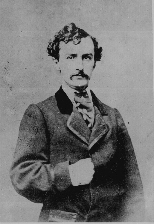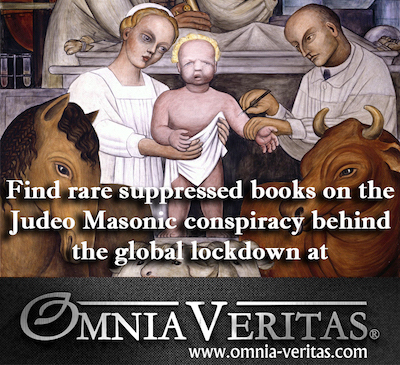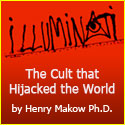Lincoln's Assassin Escaped
March 1, 2018
 (Booth, left, strikes a Masonic Pose)
(Booth, left, strikes a Masonic Pose)As in the assassination of JFK,
Abraham Lincoln's killer escaped justice
by Mark Owen
(for Henrymakow.com)
From Jan 21, 2011
John Wilkes Booth did not die in Garrett's tobacco barn in 1865 as is commonly supposed. Booth was saved by his brother Masons ("Knights of the Golden Circle") and spirited immediately down into Texas after the assassination of Abraham Lincoln. He lived and worked for many years in Granbury under the alias 'John St. Helen.'
His own granddaughter Izola Forrester affirmed in her 1937 book 'This One Mad Act' that Booth had been aided and abetted in his escape from Washington by the KGC. It was common knowledge in the Booth family that he never died in the barn.
James Boyd, a former confederate agent working for the War Departmentwas the man shot and killed in Garrett's barn. He bore a passing resemblance to Booth aside from his red hair and mustache. Booth's hair was jet black and he had shaved off his mustache at the home of Dr. Samuel Mudd shortly after escaping from Washington.
Not a single friend of Booth was called to the inquest to identify the body. A Washington doctor named John May had removed a tumor from Booth's neck several months prior to the Lincoln assassination and was summoned to view the corpse. When the blanket covering the body was removed May stated, 'There is no resemblance in that corpse to Booth, nor can I believe it to be him.' May later changed his statement to conform with the official proclamation that Booth had been captured and killed.
National Detective Police agents Andrew & Luther Potter had been on the trail of Booth from the beginning. They were called in to identify the corpse. When the blanket was removed, they commented, 'He sure grew a mustache in a hurry. Red, too.'
Each of the 26 detectives that worked on the case received several thousand dollars apiece after signing quitclaims, stating that they had no further interest in the case. This was a big payday 150 years ago.
In 1922, two Civil War veterans swore an affidavit stating that the body removed from the Garrett farm was not Booth. Joseph Zeigen and Wilson Kenzie said that they had served with the cavalry troop which had surrounded the barn. The man dragged from the barn wore a Confederate uniform and on his feet were yellow brogans, the service foot gear of Johnny Reb. The two veterans were sworn to secrecy.
There are other testimonies that can be recited, each refuting government lies.
WILKES BOOTH'S AFTERLIFE
In reality, John Wilkes Booth was taken to Texas immediately after the assassination where he lived and worked for many years under the alias of John St. Helen.
In 1872 St. Helen was operating a distillery in Glen Rose, Texas where he ran afoul of revenue agents over whiskey taxes. He hired attorney Finis Bates to represent him. Bates, the grandfather of Hollywood actress Kathy Bates (Fried Green Tomatoes, Misery etc.) , would later write a book about his friendship with St. Helen.
After contracting a virulent flu, St. Helen was sure he was going to die and called Bates to his bedside wherein he confessed that he was not John St. Helen at all, but rather John Wilkes Booth, the assassin of Abraham Lincoln. Bates was highly skeptical until St. Helen gave him a photograph of himself for future identification purposes. After making a full recovery from his ailments St. Helen begged Bates to hold his confession in strict confidence.
Bates would later remark in his book how St. Helen could recite long passages of Shakespeare from memory and how he was such a remarkable and gifted raconteur.
After several years the two drifted apart with Bates relocating to Memphis and St. Helen later surfacing in Enid Oklahoma under the alias David George.
----------
Mark Owen is a researcher living in Toronto. He can be reached at markowen10@hotmail.com






